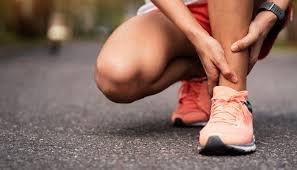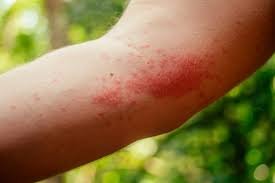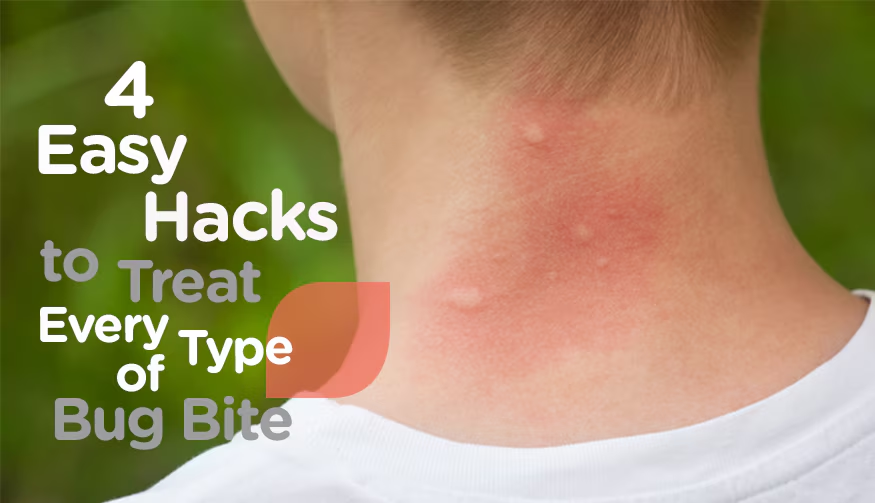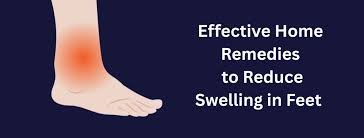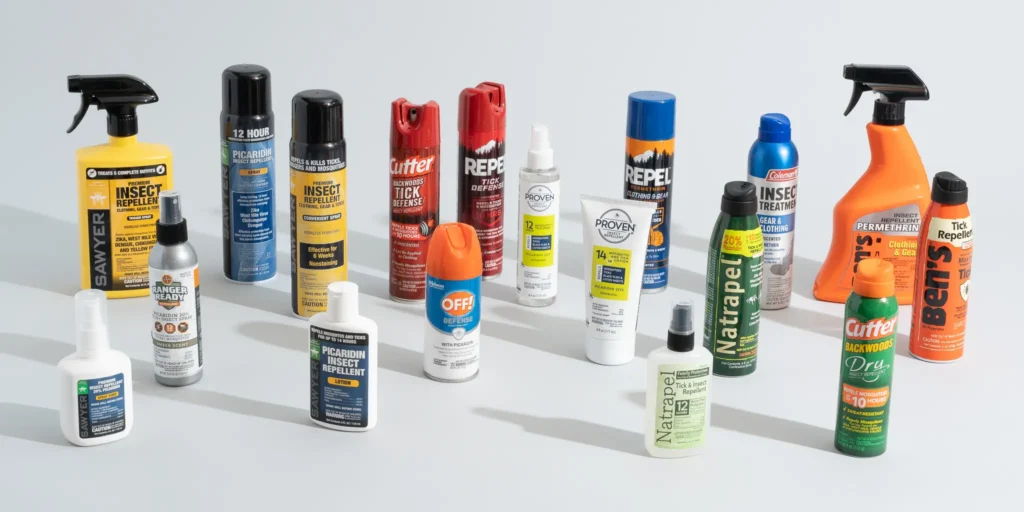Recovering from an insect sting isn’t just about applying creams or taking antihistamines — your body’s overall wellness plays a crucial role in healing. One often-overlooked factor is exercise. When done correctly and at the right time, physical activity can help you recover faster after a sting. However, pushing yourself too soon may worsen swelling, irritation, or allergic reactions. This guide explains how to balance movement and rest for optimal recovery.
Why Exercise Matters for Sting Recovery
Moderate exercise promotes better blood circulation, which helps transport nutrients and oxygen to the sting site, supporting tissue repair. Physical activity also boosts lymphatic drainage, reducing swelling and flushing out inflammatory toxins. Additionally, light workouts release endorphins, improving mood and helping you cope with post-sting discomfort.
When to Avoid Exercise After a Sting
While movement can help, there are times when rest is the better choice. Skip workouts if you experience:
Severe swelling or redness around the sting
Ongoing pain or throbbing at the site
Signs of infection (pus, warmth, spreading redness)
Systemic allergic reactions (hives, dizziness, breathing difficulty — seek medical help immediately)
Pushing through these symptoms could delay healing or trigger complications.
Gentle Exercises for Recovery
If your sting is mild and improving, you can introduce light activities:
Walking – Stimulates circulation without strain
Gentle stretching – Keeps muscles flexible and prevents stiffness
Yoga or Pilates – Focus on slow, mindful movements
Low-impact cardio – Cycling or swimming at an easy pace
These activities help keep your body active without aggravating the sting site.
Post-Exercise Sting Care
After exercising, wash the sting area with mild soap and water to prevent sweat-related irritation. Apply a cool compress to reduce swelling, and moisturize with a soothing, natural lotion like aloe vera or calendula. If you notice increased redness or swelling, take a break from physical activity until symptoms subside.
Supporting Recovery Through Lifestyle
Stay hydrated – Water aids toxin elimination and skin repair
Eat anti-inflammatory foods – Include turmeric, leafy greens, and berries
Prioritize rest – Balance workouts with adequate sleep for faster healing
Listen to your body – If discomfort increases, scale back your routine
Final Thoughts
Exercise can be a powerful ally in sting recovery, but timing is everything. Gentle, mindful movement combined with proper care helps reduce swelling, improve circulation, and restore comfort. Always listen to your body’s signals and consult a healthcare provider if symptoms persist or worsen.
